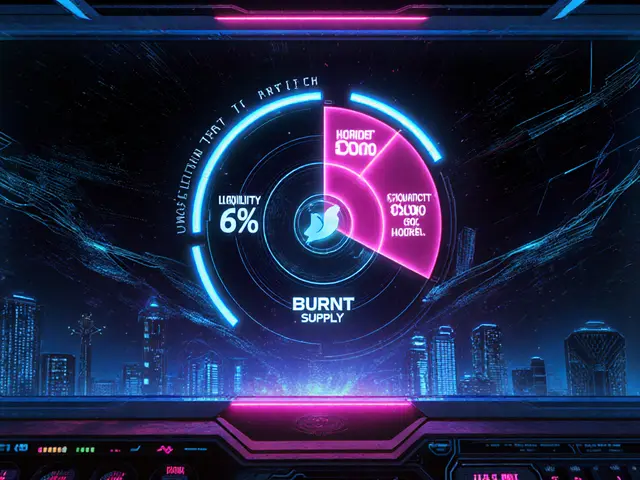CELT Token: Everything You Need to Know
When working with CELT token, a utility token built for decentralized finance applications on the Ethereum network. Also known as Celtic, it enables users to earn rewards, vote on protocol changes, and access exclusive services. The token lives inside the broader DeFi ecosystem, which brings together lending, borrowing, and yield farming tools. CELT token encompasses DeFi utility, meaning it can be used as collateral, a payment medium, and a governance instrument. Its success depends on solid tokenomics that outline supply caps, distribution schedules, and incentive structures. Good tokenomics define how new tokens are minted, how rewards are calculated, and how inflation is managed, directly influencing investor confidence. At the same time, staking allows holders to lock CELT in smart contracts, earning additional tokens while helping secure the protocol. Staking influences CELT token circulation by reducing the active supply and boosting network security. All of these pieces run on the underlying blockchain platform, which provides the smart contract layer, immutability, and transparency needed for trustless interactions.
Why CELT Matters in Modern DeFi
Understanding CELT starts with its role as a governance token. Holders can propose upgrades, vote on fee changes, and shape the roadmap, making the token more than just a speculative asset. This governance model requires clear communication channels and on‑chain voting mechanisms, which are part of the broader DeFi infrastructure. Moreover, CELT’s tokenomics include a deflationary burn mechanism that periodically removes a fraction of tokens from circulation, helping to sustain long‑term value. The burn rate ties directly to transaction volume, so active usage can lead to a decreasing supply, a concept known as “use‑driven scarcity.” On the staking side, users lock CELT for set periods, earning a share of protocol fees and newly minted tokens. This creates a virtuous cycle: more staking means higher security, which attracts more users, which in turn boosts staking rewards. The blockchain layer ensures every lock‑up, vote, and burn event is recorded transparently, allowing anyone to audit the system. Together, governance, tokenomics, staking, and blockchain form an interconnected web that defines CELT’s ecosystem.
Below you’ll find a curated collection of articles that dive deeper into each of these aspects. From step‑by‑step guides on how to stake CELT, to analyses of its tokenomics and future roadmap, the posts cover everything you need to make informed decisions. Browse the list to discover practical tips, real‑world examples, and the latest updates shaping the CELT token world.





